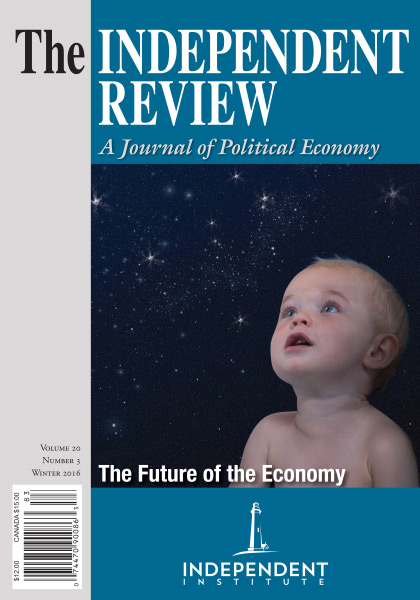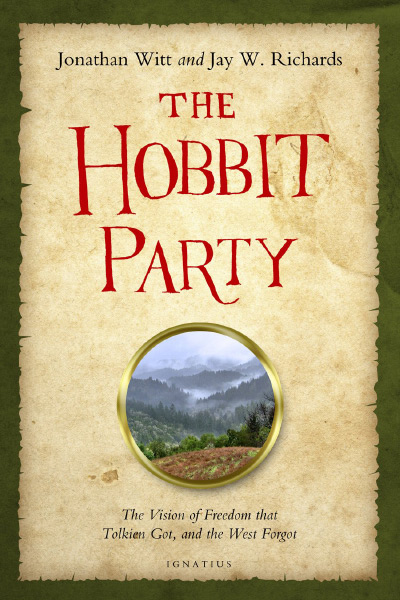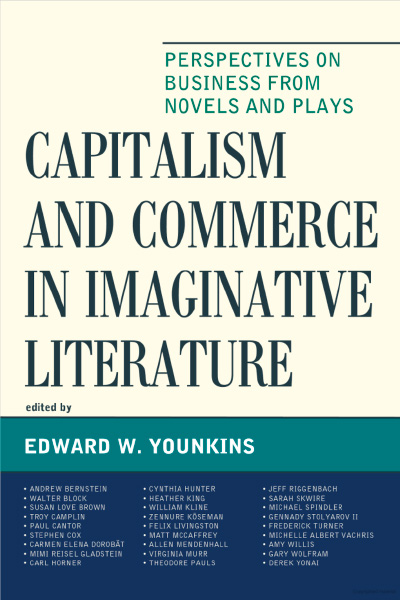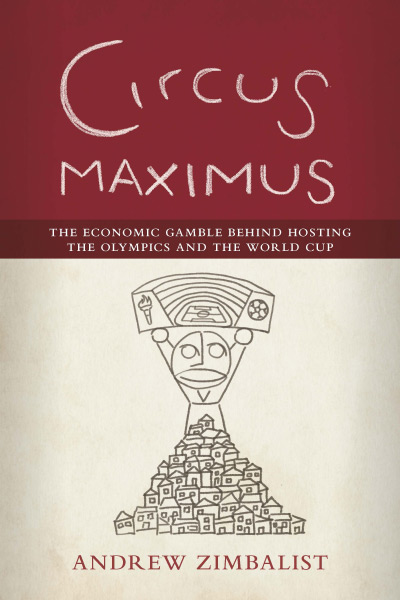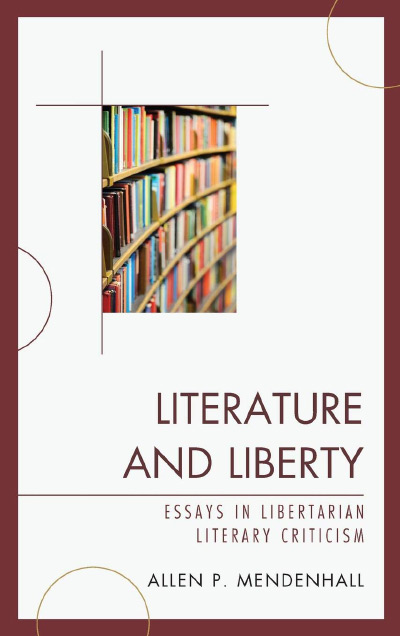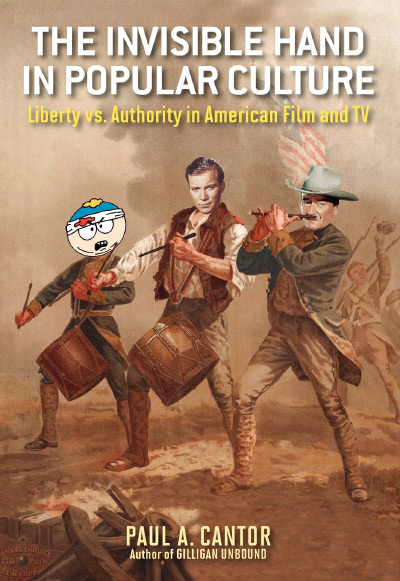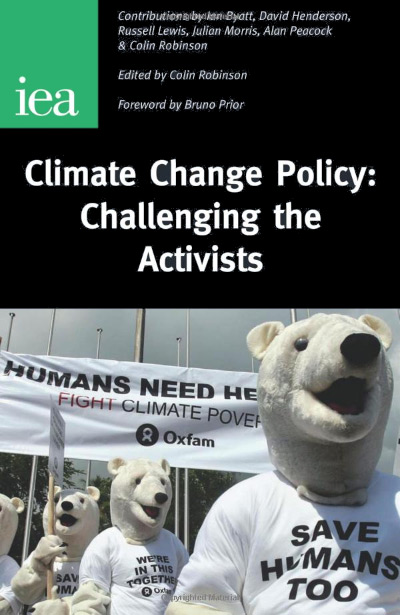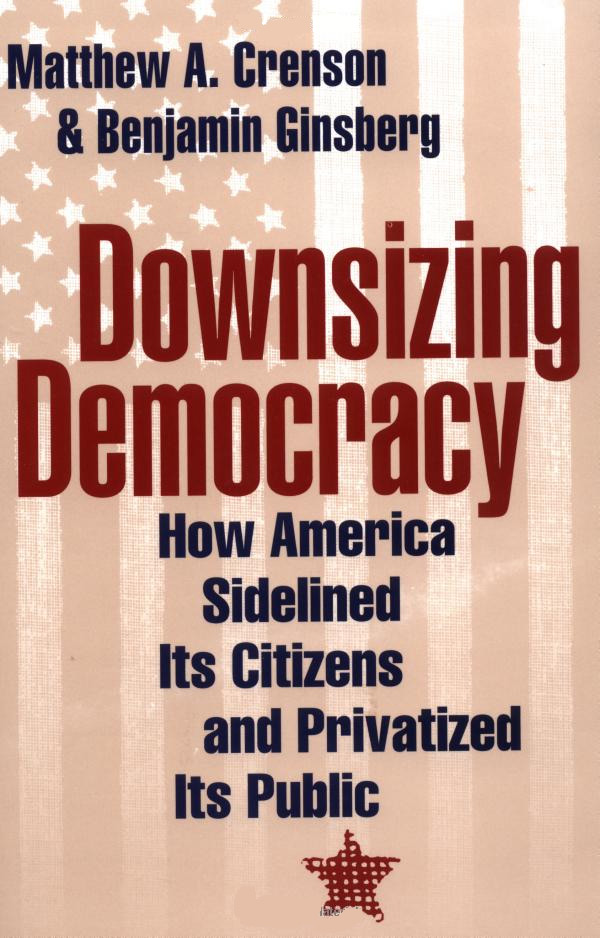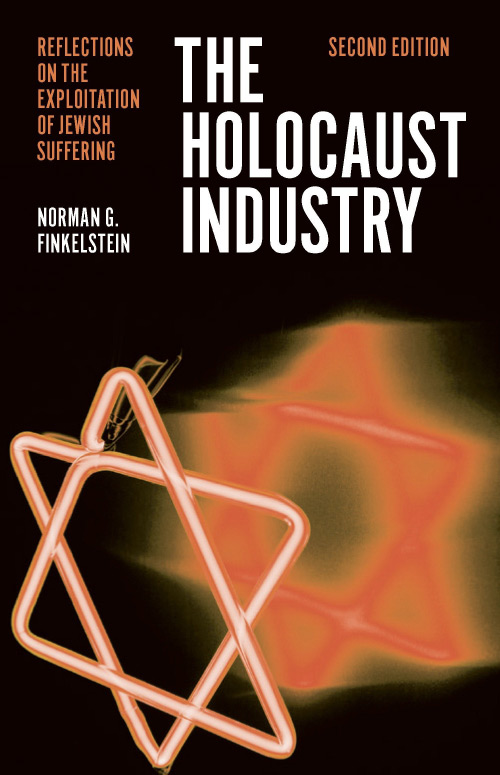One quality of powerful myth is its malleability. Just as Robin Hood has been appropriated by groups depicting him as either an antitax rebel or an antirich redistributionist, J. R. R. Tolkien has been depicted both as an antimodernist environmentalist on the one hand and a racist allegorist of the Second World War on the other. Appropriations of Tolkien’s mythology are often not based on a consistent systematic examination of the principles found in his books; rather, they tend to arise either from a priori assumptions or from the reviewers’ gut instincts. In The Hobbit Party: The Vision of Freedom That Tolkien Got, and the West Forgot, Jonathan Witt and Jay W. Richard attempt to correct that tendency and in their study examine the political ethics of Tolkien’s mythology.
Although Witt and Richard do not shy away from talking about the author’s own personal values and attitudes, they take their evidence primarily from Tolkien’s mythology itself. This focus is prudent because in many ways Tolkien was a man out of time and place: an African-born Englishman of Edwardian demeanor, a devout Roman Catholic in an Anglican land, a man who revolutionized popular literature in the twentieth century while steeping his own mind in the languages and literatures of a millennium earlier. These nuances in his biography defy simplistic pigeon-holing and to some degree are entirely beside the point; for most readers, “Tolkien” means a mythology, not a man.
Witt and Richards choose the Shire for the conceptual center of their argument. At first glance, it might appear that Middle-earth is dominated by hereditary monarchies, but the closer one examines the various regions, the less that appears to be true. Kings are absent in Gondor, the city governed for centuries by seneschals. The elves are so old that the phrase “hereditary monarchy” seems not to be an apt description. Thorin has been displaced by a dragon, Mordor is dominated by Sauron, and huge territories are seemingly governed either by local chieftains or by no one at all. Yet these vast kingdoms, fallen empires, and sweeping alliances are held within the bookends of the Shire, a place that is depicted as apparently insignificant but opens and closes The Hobbit and Lord of the Rings. Although Witt and Richards do occasionally delve into The Silmarillion and other Tolkien tales, they never stray far from the Shire.
In contrast to the countercultural appropriation of The Hobbit in the 1960s, Witt and Richards see Tolkien’s work not as anti-government but rather as anti–BIG government. When they argue, “Set the Shire beside the so-called free economies of the modern age, and right away it becomes clear that the Shire is more low tax, limited government, and open market than the so-called capitalist societies of today” (p. 30), they turn their critique of the Lord of the Rings universe into a general critique of modern government. They see the virtues of low taxes, limited government, and open markets idealized in the Shire and interrogated as the various hobbits confront other, less ideal societies in their adventures.
Interestingly, the authors equate property and contract law with a broader sense of propriety and courtesy. Although Bilbo’s adventure begins with the reading of a contract between Bilbo and “Thorin Oakenshield and Company,” Witt and Richards do not see this arrangement merely as a commercial one. They argue instead that it is part of general social graces, such as Bilbo’s manners and desire to do things “properly” (p. 33). They turn the Marxist cliche´ that “everything is economic” on its head and present a model in which the economic is a subcategory of courtesy and propriety. One follows contracts and respects the property of others not because commercial law is enforced by an economically determined big government but rather because doing so is right and proper.
This model acts as an unspoken assumption throughout the book. For example, in their examination of the One Ring and power, Witt and Richards recognize that the temptation of the Ring is not the power to do evil but rather the power to do good expeditiously. They see the power of evil versus good as one of “Domination versus Inspiration” (p. 73)—in other words, as doing things the proper way. This view also guides their defense of the depiction of war in the books, arguing that the principles of just war neither reject war as inherently wrong nor balance the potential outcomes as Saruman does but instead point to the “use of moral judgment when dealing with the details of war and its aftermath” (p. 111). A just war is not simply for the purpose of moral good (as Boromir or Gandalf might initially have wielded the Ring) but is conducted in a moral way. Propriety governs everything, even the extreme violence of warfare.
Although the authors occasionally battle individual scholars, their ultimate war is against a Rousseauvian interpretation of Tolkien. Using a diverse selection of environmental readings from writers such as Chris Baratta, Chris Brawley, Matthew Dickerson, and Jonathan Evans as their entry point, the authors refute the depiction of Tolkien as an Edwardian environmentalist. Witt and Richards acknowledge the obvious importance of nature in Tolkien’s mythology but find their point of contention with the non-Christian assumption that man is good and nature is unfallen. They argue against both atheist materialist readings as well as pre-Lapserian Christian readings, suggesting that Tolkien’s view is more nuanced in that it sees nature as both beautiful and potentially dangerous (pp. 129–30). Even in Tolkien’s world, man is fallen, and creation too has been corrupted by sin.
In the end, Witt and Richards’s reading of Tolkien’s mythology takes very seriously Tolkien’s theory of creativity as subcreation. In On Fairy-Stories, Tolkien lays out a philosophical approach that treats creativity as an act of worship. God created the Primary World, and in subcreation Man creates Secondary Worlds that emulate God’s creative nature. Formed in God’s image, man is thus made to be a creator as well. The inherent tension in Tolkien’s theory of subcreation is that man exists as both creature and creator; we are created to be creators. In this view, then, Middle-earth is a mere reflection of our Primary World and so for all its beauty can never supersede God’s creation.
The politics of The Hobbit Party can be derived from this understanding of subcreation. When Witt and Richards write, “Tolkien understood that human death is a consequence of our Fall into sin, a final rebuke to every utopian planner seeking to fashion the new man through either politics or science” (p. 183, emphasis in original), they suggest that this “final rebuke” applies to Tolkien as well. Middle-earth may be populated with hobbits, dwarves, men, and elves of heroic and noble character, but none, save perhaps Tom Bombadil, are unfallen (pp. 36–38). As a creature himself, Tolkien cannot possibly create a world that is an improvement on the Primary World of God.
The importance of these issues in Tolkien’s mythology is thus not political but cosmological. Small local government, low taxes, open markets, and a right relationship with nature are Tolkien’s subcreated emulation of the virtues of the Primary World. On occasion, Witt and Richards digress from Tolkien to share anecdotes regarding their own real-world dealings on subjects seemingly tangential, such as poultry ownership and zoning laws. These Primary World examples recognize that broad political theory has immediate, local effects. Tolkien’s cosmology of the Primary World subcreates the cosmology of his Secondary World, Rousseau’s ideas of political theory cause a man to be unable to own a cow on his farm, and the dealings of wizards and kings in far-off lands lead to the division of the Shire into “gatherers and sharers.” The Hobbit Party sees Western freedom as the only earthly (and Middle-earthly) antidote to man’s fallen nature this side of the Resurrection.
RICHARD SCOTT NOKES Troy University

